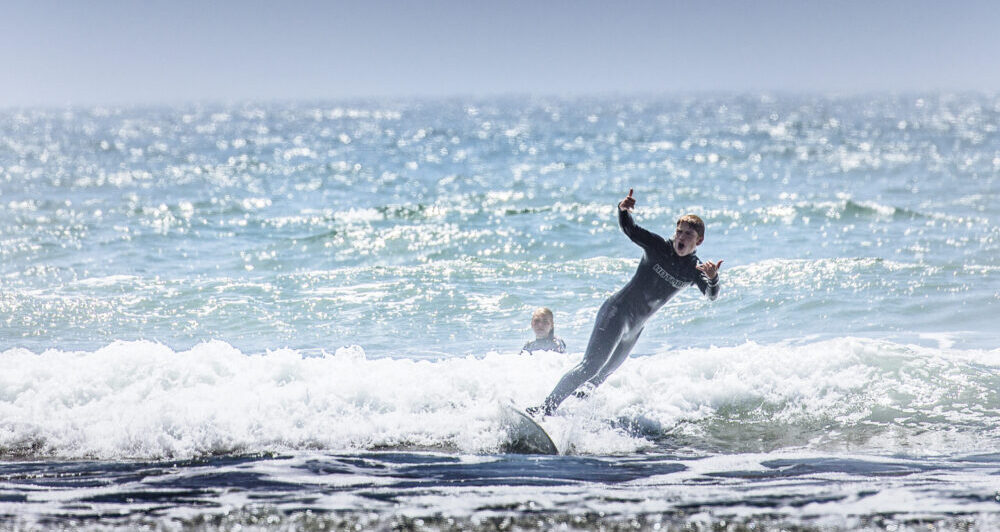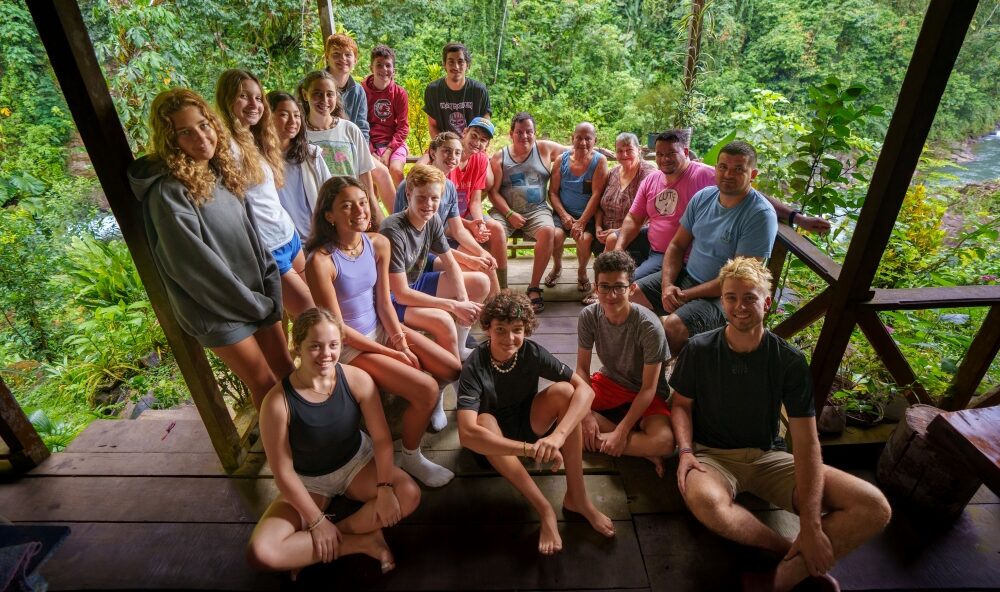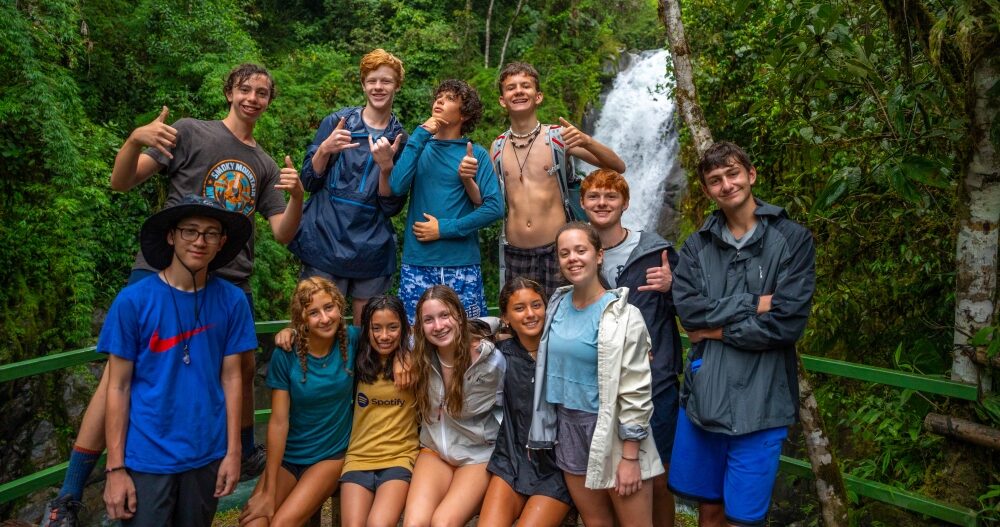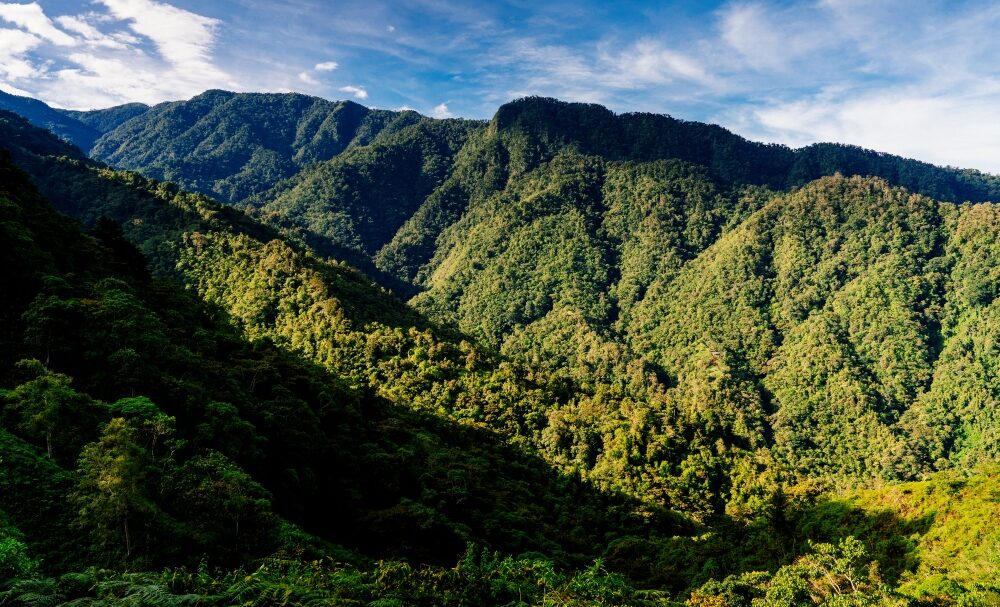By Will Robertson
“Pura Vida, man!” says my surfing instructor as I catch a wave on one of the most pristine surfing breaks for beginners in the Pacific. The sun is glistening off the water and, as a born-and-bred midwesterner who has never caught a wave before, I’m feeling on top of the world. But I’m getting ahead of myself — let’s back up and talk about how I found myself in this magnificent setting on this December day.

I’m writing this blog post from Costa Rica this morning because my directors tasked me with the exciting job of planning and scouting one of our new trips for the 2018 summer: Costa Rica Mountains & Coast. Now, ye Apogee faithful will know that we’ve been offering a trip in Costa Rica (Costa Rica Language & Service) since 2016. Costa Rica may be a small country, but it has more than its fair share of attractions — well worth offering two Apogee trips in the same country! What’s the difference between the trips, you might ask? Costa Rica Language & Service (CRLS) is a nine-day adventure focused on (you guessed it) improving Spanish language skills and engaging in meaningful service that will also give students a chance to practice their Spanish skills. It’s not all work and no play — CRLS students will also have ample time to explore their natural surroundings with trips to waterfalls, a guided tour to see the impressive wildlife in Manuel Antonio National Park, and of course, a Costa Rica essential: zip-lining. Costa Rica Mountains & Coast (CRMC), falls under our “hiking trip” category, and will contain a backpacking portion, day hikes, surfing, and zip-lining. What both trips will have in common is the Apogee backbone: up to 12 great kids, 2 super leaders, and the goals of fun, friendship, accomplishment, community, and adventure for all.
Now that we’ve distinguished the two trips: what exactly have I been doing down here in the land of Pura Vida? Well, aside from eating a lot of arroz con pollo and platanos amarillos, I’ve been doing a lot of hiking, driving, and talking. Let’s start in San Gerardo de Rivas.
San Gerardo is a small town tucked in the mountains in the southern half of the country. It’s a sleepy village, but has one big claim to fame: the trailhead for the twelve-thousand foot mountain Chirripó leaves right off of it’s main street. Chirripó is the tallest mountain in Costa Rica, and there are kilometers of hiking trails surrounding the area. So, on Thursday, I set off on my Chirripó adventure. As I hiked the trails around the mountain, I saw and heard monkeys in the trees, marveled at the density of the forest, and took countless selfies at the lookouts along the way.
After a quick shower at the lovely hostel in San Gerardo that will house our groups the night before and after their hike, I jumped in the car and headed to Uvita, a beach town on the Pacific Coast of Costa Rica.
A big part of scouting a new trip is looking at accommodations — looking at location, layout, and making sure the atmosphere of the accommodations lines up with what we want for our groups. That final point becomes even more important on a trip like CRMC, since students will be staying indoors for the whole trip (camping in Costa Rica is very restricted). Internet searching can tell you a lot these days, but the only way to really get to know the “feel” of a place is to go there in-person. I toured dozens of hostels and cabins in Uvita and Dominical before I found the place that is just right for our groups.
Tonight I’m headed deep into the rainforest to meet with the owners of the eco-lodge where students will spend two nights on our CRMC trip. We’ve worked with this family-run eco-lodge for the past two years on our CRLS trip, and we’re now shifting our time at the eco-lodge to CRMC, as it caters more to the theme of CRMC than it does to CRLS — I’m excited to re-connect with the family and plan out the two days of activities that our students will engage in at the eco-lodge.

When people ask me what I’m doing down here, they all look astounded when I explain that I’m here for work. I feel incredibly lucky to be here in Costa Rica, planning a trip that will be fun, challenging, and community-minded. I’m so excited for the first batch of CRMC’ers – it’s going to be a phenomenal trip. Pura Vida, indeed!

